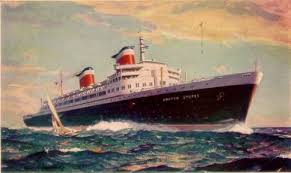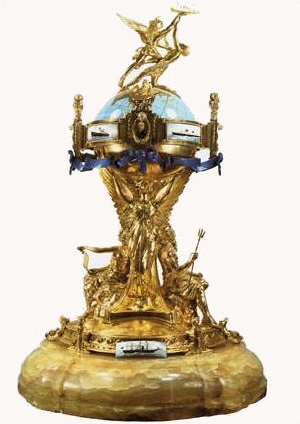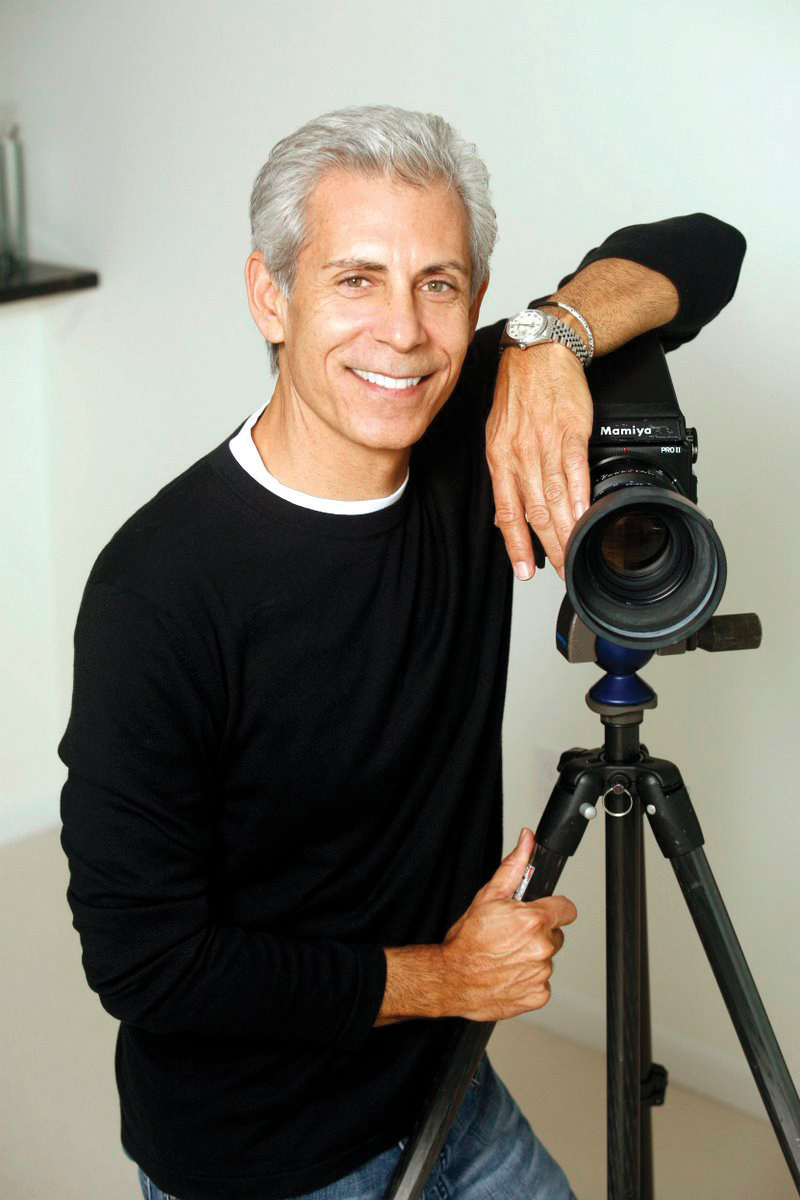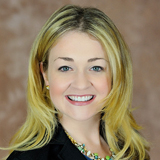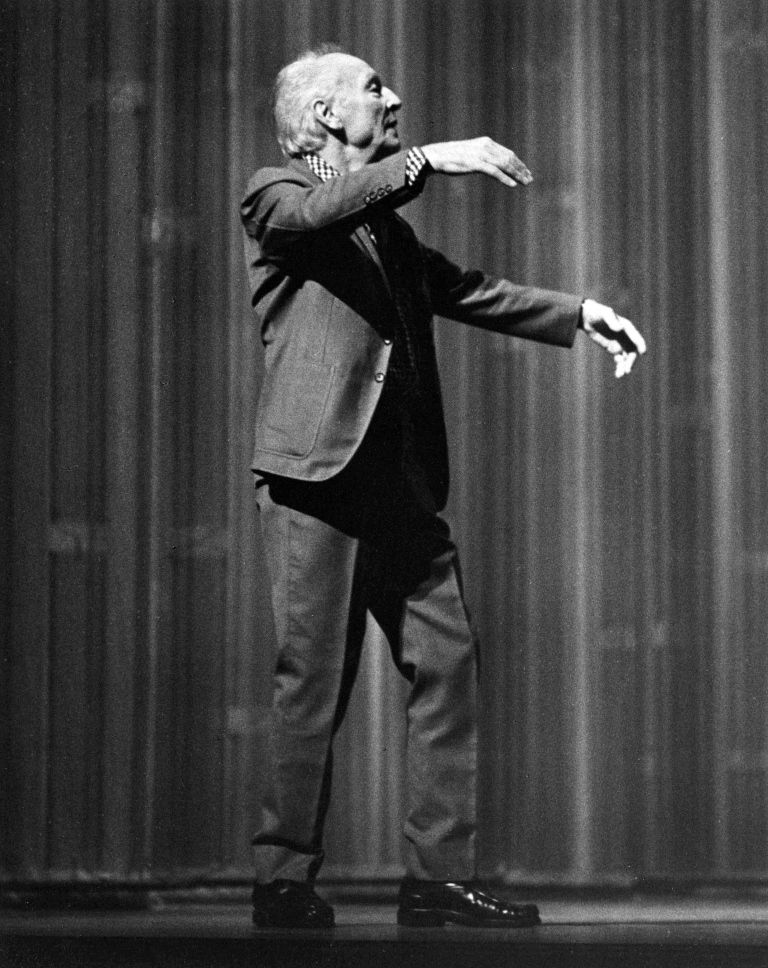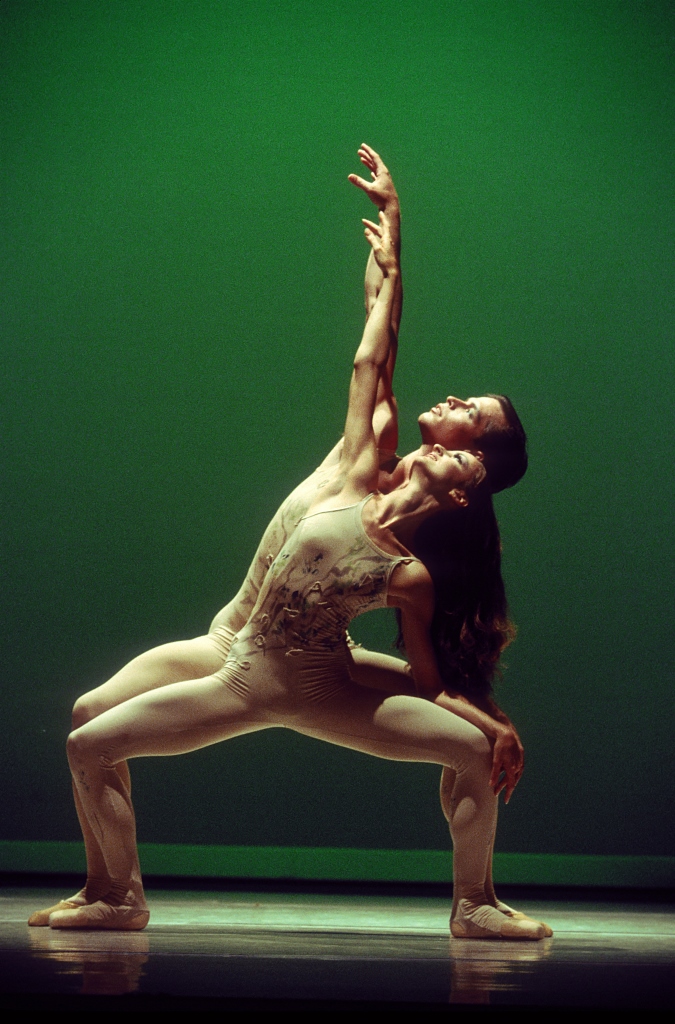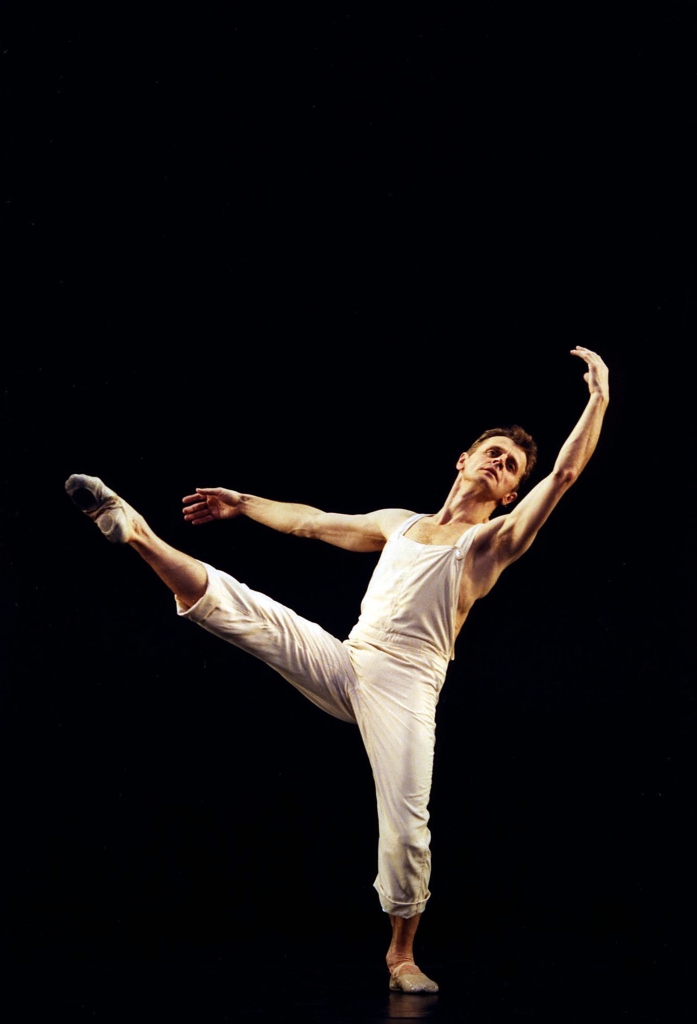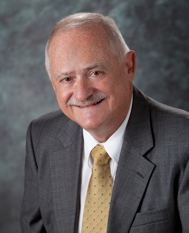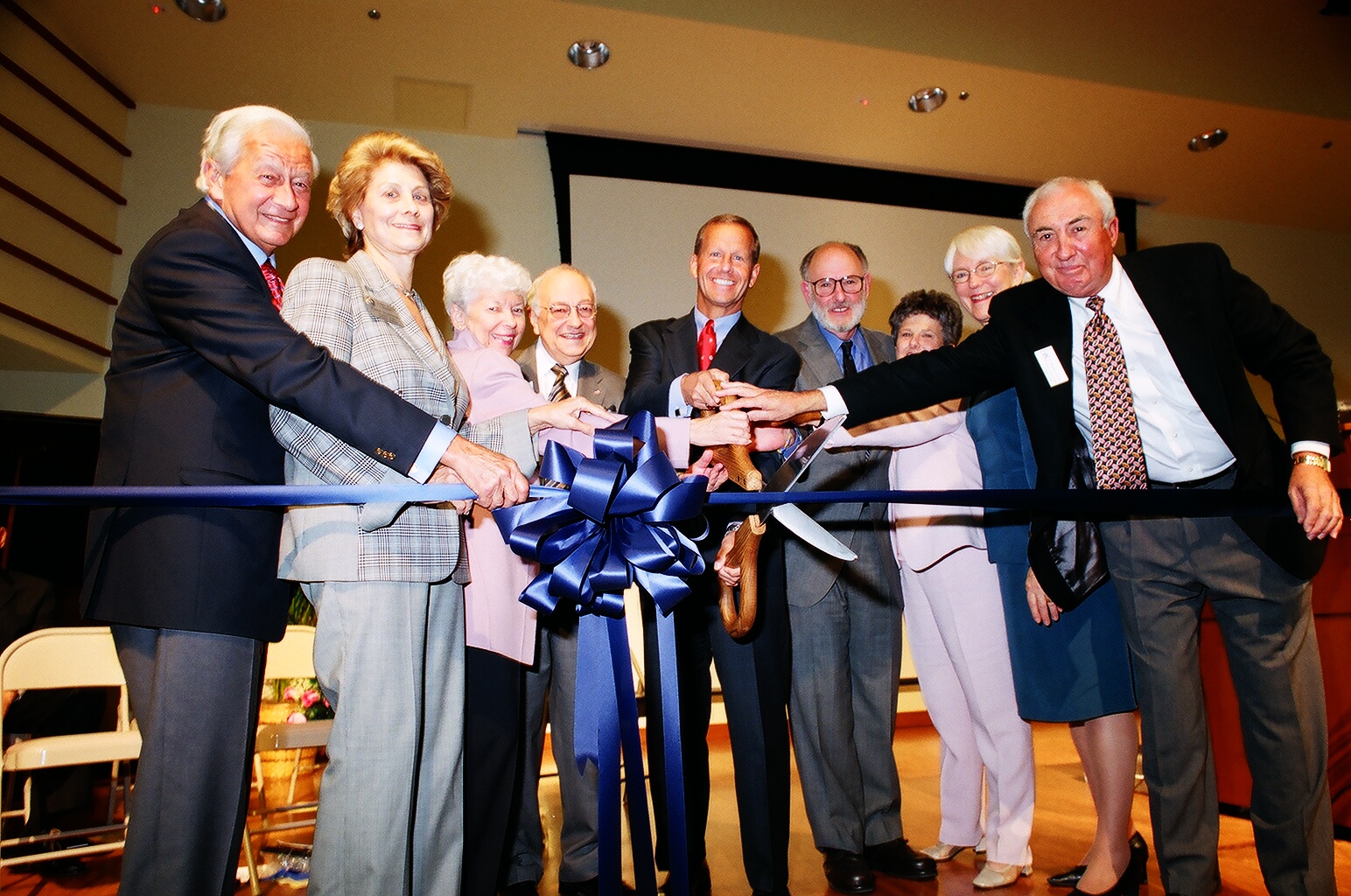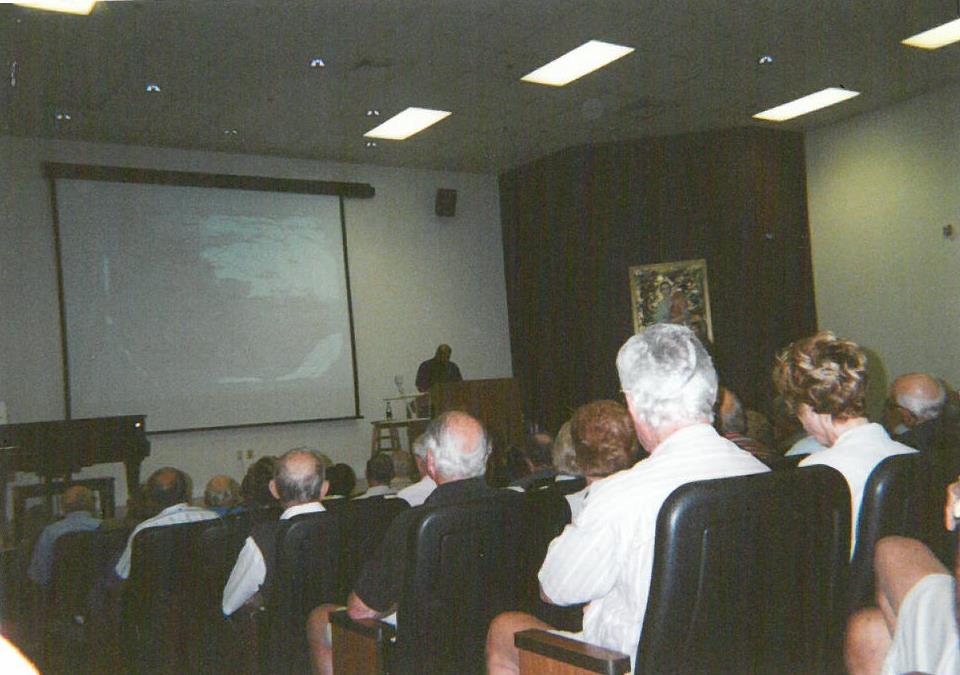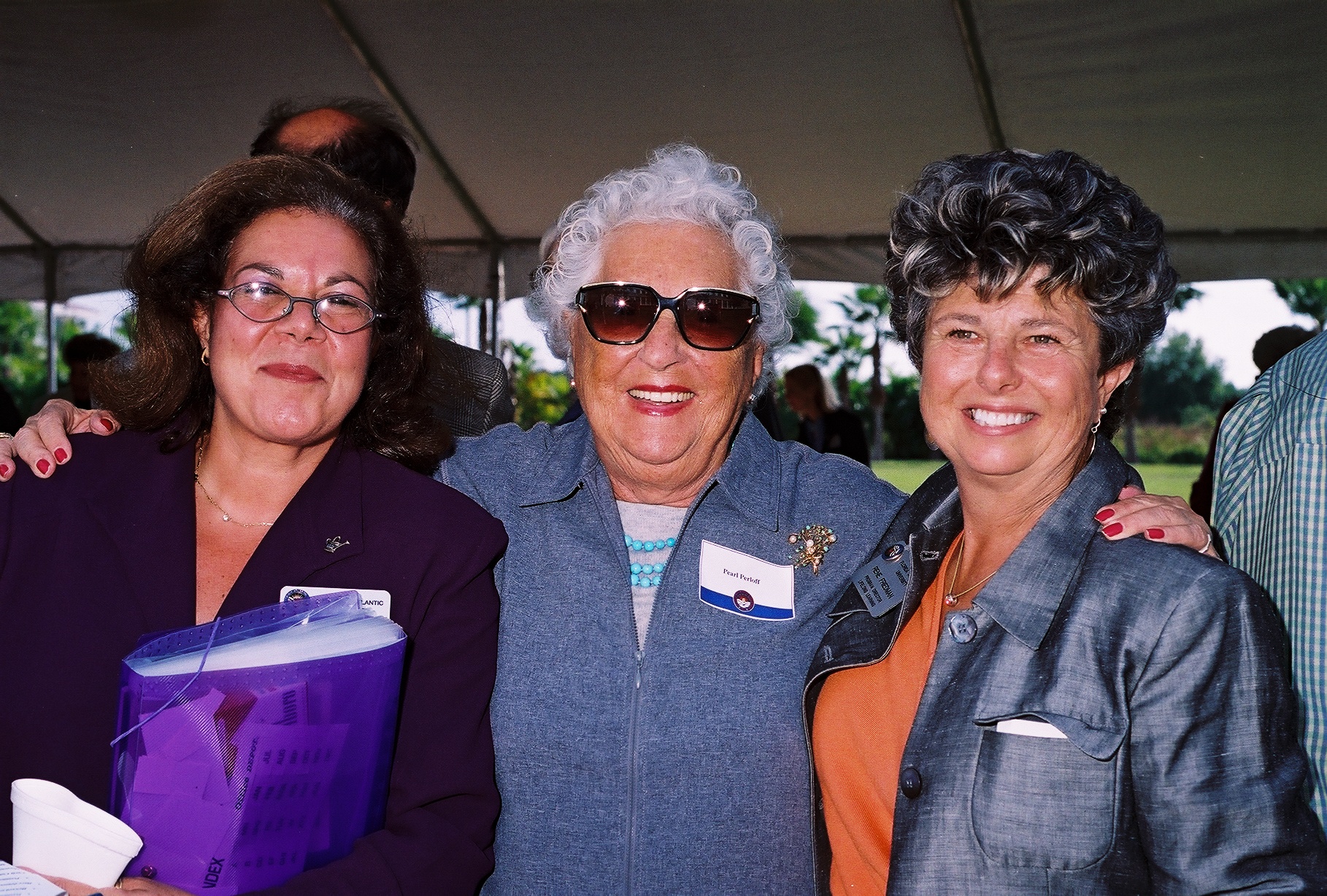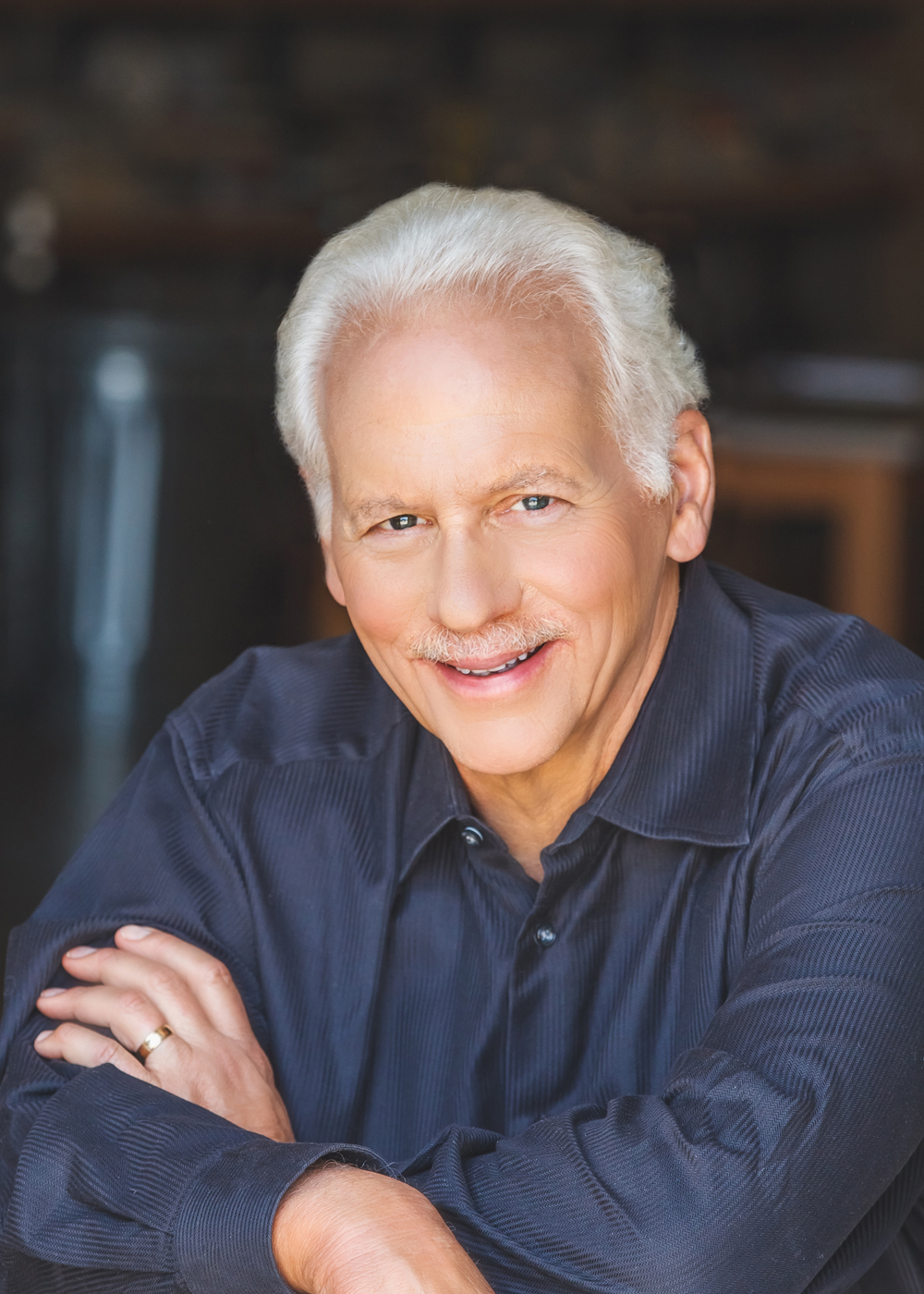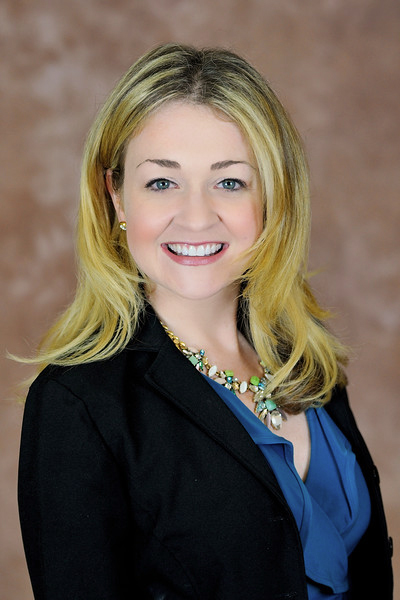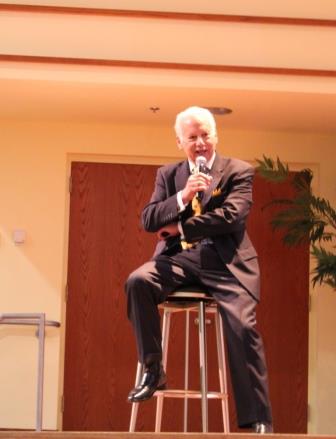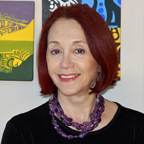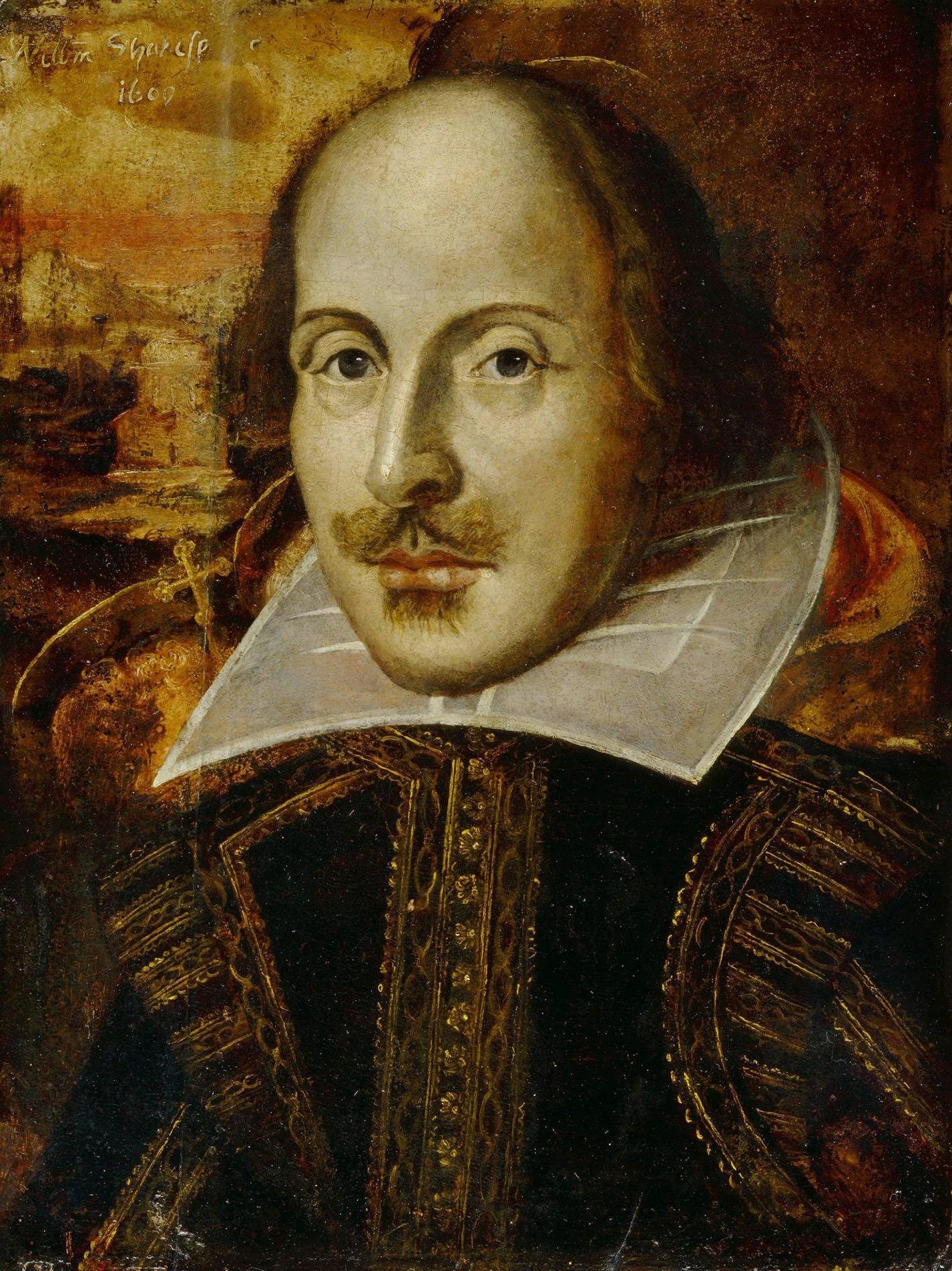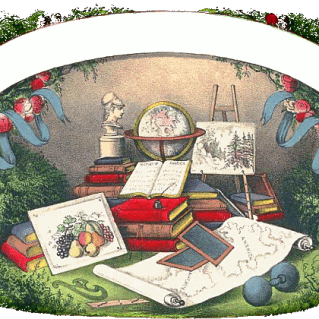
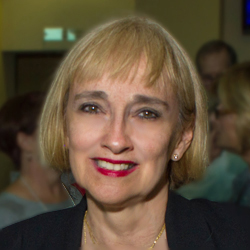
By Sandi Page, Member of the FAU LLS Jupiter Marketing Committee
The Fall Semester at FAU LLS Jupiter is in full swing and we hope you are enjoying your classes! The LLS Staff has been working hard behind the scenes to ensure that your Winter Semester is chock full of Winter Wonders: interesting Opening Week events, lectures and courses! The Winter 2017 class catalog was mailed out on November 1 and many of you have already registered for classes. To encourage you to expand your fields of interest, I have asked some of our wonderful LLS professors to write a short paragraph on the subject they will be presenting. Surprise them by being a new face in their class or make them happy as they recognize familiar students from past years! Register! Learn! Grow!
Some FAU LLS Winter 2017 Opening Week Events
Aaron Kula, Music Director, KCJO
The Great American Dance Band: 1920 – 1950
Tuesday, January 3, 2017 – 7:30-9:15 p.m.
The Jazz band has been at the center of all dance music from the beginning of the American Jazz era beginning around 1920. These bands evolved and found their way into the hearts of millions of Americans through records, radio, and dance halls of the Harlem Renaissance era. Most bands traveled from city to city on a bus, playing one-night stands, and many had their own arranger and composer that played with the band as well. The music of that era is so sweet and almost innocent as the jazz combos or dance bands had a mission; to bring people together, forget their troubles, and dance to the most popular jazz tunes of the time. Perhaps the last surviving band that reflects the style and still plays the repertoire of this era is the Preservation Hall Jazz Band in New Orleans. Many of these original “charts” (music scores) are one-of-a-kind manuscripts and reflect the sounds performed by the jazz combo dance bands of that time. The music will make you feel like you have stepped back into the 1940s and beyond with music by Duke Ellington, Cole Porter, George Gershwin, and even Sholom Secunda. You may even want to dance!
Myrna Goldberger
What’s Up, Doc? The Lives and Careers of Dr. Phil and Dr. Oz
Wednesday, January 4, 2017 – 11 a.m.-12:30 p.m.
They were both made popular by Oprah. They both became television stars! Were they miracle workers or providers of “daytime entertainment”? There were individuals who hung onto their every word and there were those who criticized them, challenged them, and even called them “Quacks.” What are the stories of these two men, one with a medical degree and one with a Ph.D. in psychology, who have advised their audiences of what to eat, what medicines to accept, how to fire up a marriage, how to combat depression and how to resolve life’s problems? Has their information proved valid and what has been the result of the presentations of Dr. Phil and Dr. Oz? My course, What’s Up, Doc?, will focus on these questions and analyze the techniques and strategies used by both men.
Sofiya Uryvayeva, D.M.A.
Russian Piano Fireworks – Music by Tchaikovsky and Mussorgsky
Wednesday, January 4, 2017 – 2-3:30 p.m.
At this lecture-recital, you will hear two of the most famous and captivating piano suites ever written: Mussorgsky’s “Pictures at an Exhibition” and Tchaikovsky’s “Nutcracker.” These two suites are filled with dazzling fireworks and breathtaking displays of piano wizardry.
The composer Mussorgsky was born into a military family and became an Army officer. Surprisingly, he had no formal musical education. He was also terribly afflicted by alcoholism, a proclivity that led to a rapid decline in his health and social standing. He was evicted from his flat for not paying the rent, and subsequently lived like a bum. He was hospitalized, and his health continued to spiral downward. During his time in the hospital, he reportedly bribed an orderly to bring him cognac, a claim supported by the famous “red-nose portrait” of Mussorgsky, depicting him as a disheveled boozer. He died in the throes of alcoholic delirium tremens at the young age of 42. It is hard to conceptualize how such a brilliant composer could at the same time lead such a dreadful and unhappy life. Mussorgsky’s masterpiece, “Pictures at an Exhibition,” was written in honor of his close friend Victor Hartmann, who was a renowned artist and architect, and whose death at only 39 shook the composer deeply. In his music, Mussorgsky revealed the wonderful harmony of simple things that surround every human being.
Virginia W. Newmyer
World War I: Never the Same Again
Friday, January 6, 2017 – 11 a.m.-12:30 p.m.
Was World War I inevitable? The question has dogged scholars for a hundred years, since the famous assassination of Archduke Franz Ferdinand in Sarajevo in 1914. Historians have weighed in on one side or another. Some contend that the War was, oddly, the result of the century-long European peace since Napoleon’s defeat at Waterloo in 1815. Others point out that the so-called Pax Britannica was a troubled period, punctuated by conflicts: from unsuccessful liberal demonstrations in Europe in 1830 and 1848 to actual wars, involving Prussia against Austria in 1866 and Prussia against France, in 1870. On January 6th, listen to the lecture, watch the vast array of slides, and come to your own conclusion.
Elizabeth Sharland
The History of British Theater: Love from Shakespeare to Coward
Friday, January 6, 2017 – 2-3:30 p.m.
Today, not many people remember the witty and delightful songs Noel Coward wrote, including
Why Do the Wrong People Travel?, Mad Dogs and Englishmen, and Don’t Put Your Daughter on the Stage, Mrs. Worthington! They have become classics to most British theatre people and the American actress Elaine Stritch made several of the songs famous in the U.S. In this presentation, we will discover some of the sacrifices that the legendary stars had to make in their private lives, also a wonderful view of Coward’s last home in Jamaica.
It would be interesting to know what Shakespeare would have thought of Sir Noel Coward.
Robert Milne
Blues, Barrelhouse and Ragtime
Saturday, January 7, 2017 – 1-2:30 p.m.
Barrelhouses, shady backwoods dives, and juke joints, featuring 24-hour moonshine and lowdown music. This is where the good stuff was, that high society never even heard about. Over the roar of an unquenchable crowd, boogie-woogie was born and ragtime maestros held forth. Stavin’ Chain was his name; piano was his game.
Some FAU LLS Jupiter Winter 2017 Lectures
Steven Caras
Staying Power: A Balanchine Dancer’s Story of Survival
Thursday, January 12, 2017 – 11:15 a.m.-12:45 p.m.
Yin and yang can define complementary forces that interact to form a dynamic system in which the whole is greater than the assembled parts (Thank you, Wikipedia). New York City Ballet enjoyed the fruits of one such combination — George Balanchine, founding artistic director and, in most opinions, the world’s greatest ballet choreographer, and Jerome Robbins, a mega-name synonymous with Broadway and ballet.
Among other topics, I’ll share my personal yin yang experience after fourteen years of daily scrutiny under two artistic giants during a most impressive period for them as choreographers, if not men. Sink or swim, indeed. The personal and professional advantages I continue to gain from the influence of two such opposing examples in humanity remain paramount, and I’m hard pressed to imagine any university able to impart such invaluable insight.
Separate and apart from, I’ll dispel the misconception that all over-the-hill dancers have only teaching careers as an option. I’ll also disprove a (still) surprising number of otherwise intelligent people’s generalized theories regarding ballet dancers — from ladies starving themselves to men living solely as homosexuals to the lot of us being utterly vacuous.
Tom Poulson, Ph.D.
For Everglades! Forever Glades?
Thursday, January 19, 2017 – 9-10:30 a.m.
Mark Twain wrote that whisky is for drinking and water is for fighting. He was prescient about worldwide and Greater Everglades Ecosystem problems with freshwater. We have too much being released from Lake Okeechobee to our St. Lucie and Caloosahatchee estuaries where the lowered salinity kills sea grasses and oysters that are the basis for natural food chains and fisheries. We do not have enough to flow south where our coastal waters are becoming too salty. Sea level rise is contaminating our major drinking water aquifers. And the high productivity natural communities and fisheries of Biscayne Bay and Florida Bay are dying. Our mantra for Everglades revitalization is to get the water right: quantity, quality, distribution, and timing.
Ralph Nurnberger, Ph.D.
How the Golem of Prague Inspired the Creation of “Superman”
Tuesday, February 7, 2017 – 7-8:30 p.m.
This presentation will begin by focusing on two concepts. There will first be a discussion of how people have defined “Golems” since Biblical times. Second, there will be an overview of Anti-Semitism in Europe in the Middle Ages.
Violence against Jews was common throughout Europe, but suddenly there was a period when such attacks virtually stopped in Bohemia. We will discuss the mystery of why this happened. Some believe that the reason was that a famous Rabbi by the name of Judah Loew ben Bezalel created a Golem to defend the Prague ghetto from anti-Semitic attacks in the late 16th century. Did this really happen or was there another cause?
Visitors to Prague can still see a towering monument in front of the City Hall erected in 1915 in Rabbi Loew’s honor. There are also statues of the Golem in Prague. So did the Golem protect the Jews? Stories about the Golem were included in the Grimm brothers’ collection of folktales, which, in turn influenced Mary Shelley when she wrote Frankenstein.
Finally, did Golem stories influence two Cleveland high school students in the 1930s when they created the comic book superhero Superman? In fact, what is the “true story” behind Superman?
Ronald Feinman, Ph.D.
The Life and Presidency of Dwight D. Eisenhower (1890-1969)
Thursday, February 9, 2017 – 9-10:30 a.m.
Dwight D. Eisenhower is often portrayed as the last truly bipartisan President who united the nation, and who was able to work well with opposition Democrats from 1953 to 1961.
Eisenhower, offered a chance to be the Democratic nominee for President in 1948, declined, and then ran for the Presidency as a Republican, after being “drafted” to run, in 1952.
Eisenhower helped to create a significant Vice Presidency, by allowing Richard Nixon to take on greater responsibilities and involvement than any previous Vice President.
Eisenhower showed great courage in his intervention on the issue of civil rights in 1957 in the federal enforcement of racial integration in Little Rock, Arkansas, against the wishes of the Governor of the state, Orval Faubus.
Eisenhower warned Americans of the dangers of the “military-industrial complex” in his Farewell Address in January 1961, the second most significant Farewell Address after that of George Washington.
Eisenhower left office as the oldest President ever in office, being 70 years and 3 months old at the end of his term, since then surpassed by Ronald Reagan and Donald Trump, with Trump being the oldest first term inaugurated President.
Richard René Silvin
From Necessity to Glamour: The Evolution of Transatlantic Travel
Thursday, February 9, 2017 – 11:15 a.m.-12:45 p.m.
My love for ships began when I was a child because my parents lived on opposite sides of the Atlantic. When I travelled to visit one of my parents, it was always aboard one of the great liners that survived the Second World War. This created a life-long passion and study of the lost era.
My presentation takes you aboard these magnificent ships through a mélange of historic facts, stories about the rich and famous who frequently “crossed” and the artwork which decorated the great lines. The presentation includes an insider’s description of liner accidents, including Lusitania, Titanic, Britannic and Andrea Doria as well as glamorous, amusing anecdotes which took place aboard these and other ships.
Please join me on a memorable journey and revel in “the only way to cross.”
Robert Milne
Ragtime and the American Folk Music Culture
Saturday, February 11, 2017 – 1-2:30 p.m.
With nothing but guitars or banjos slung over their shoulders, ragtime musicians wandered from town to town, seeking a meager living. Writing songs as they traveled, they captured both the moods and the events of the locales they visited. Stories of train wrecks, exploding river boats, and love gone awry were only a few of the countless mournful topics to be immortalized in song. Many of their names are forgotten by history, but their music lives on.
Megan Davis, Ph.D.
Ocean Entrées – Cooking with a Caribbean Flair
Thursday, February 16, 2017 – 3:45-5:15 p.m.
It was 1975 and I was 16 years old … and fell in love, madly in love, with the queen of the sea. The colorful, magnificent queen conch. I was with my family at the time and we were sailing in the Bahamas. It was that year that began my lifelong journey and pioneering dedication to find a solution to grow millions of conch to seed the waters of the Caribbean. I spent ten years in the Turks and Caicos, first living in a tent and then a house boat. It was this island experience that led me as a conch farmer to learn about how to grow seafood, where seafood comes from and how to choose sustainable sources of seafood to eat. My LLS lecture will be about two important sea creatures of the Caribbean – the queen conch and spiny lobsters – along with learning about their biology, you will also learn how to cook a delicious and nutritious Caribbean seafood meal.
Annie Page-Karjian, D.V.M., Ph.D.
Wildlife Disease in Marine Mammals and Turtles
Thursday, March 2, 2017 – 3:45-5:15 p.m.
One topic in my lecture is fibropapillomatosis, a tumor-causing viral disease of sea turtles. My interest in fibropapillomatosis stems from a veterinary preceptorship that I completed at the Georgia Sea Turtle Center, where I helped treat turtles with this devastating disease. Noteworthy cases included a turtle with boat strike wounds who was rehabilitated for over a year and was ready to be released when animal care staff noticed a big bulge in the turtle’s shell that turned out to be a large internal tumor. The turtle had to be euthanized. Another memorable case was a turtle that presented with multiple large facial tumors; the tumors were successfully removed using laser surgery, and the turtle was released tumor-free and in good health. The fact that tumor development is likely related to environmental parameters such as water quality makes fibropapillomatosis a great sentinel disease for monitoring ecosystem health.
Myrna Goldberger
Court Cases Involving Sex
Saturday, February 25, 2017 – 1-2:30 p.m.
We have all heard of Fatty Arbuckle, Claus von Bulow, Roxanne Pulitzer. But do we know about Vera Stretz, Thomas Massie, Ruth Snyder, Candace Mossler and Carrie Buck? What is the connecting link among them and how have their court cases stirred emotions, aroused protest and provided legal legacy? Can a woman justifiably kill her abusive lover? How did involuntary sterilization become of paramount interest in our country? Was there more than racism involved in the story of Lieutenant Massie? Why is the case of Ruth Snyder considered one of the dumbest ever made public? Put it all together as I present Court Cases Involving Sex — and sex is considered one of the basic American food groups along with pizza and protein!
Stephen Kowel, Ph.D.
ZAPP! Electricity in Your Body and Your Home
Thursday, March 2, 2017 – 11:15 a.m.-12:45 p.m.
Have you seen the ads for electrical brain stimulators? Well, don’t try this at home, but serious Olympic athletes are training right now to increase physical performance using scalp electrodes connected to computers to obtain undetectable “brain doping.” Engineers are building systems that can already read brain electricity to empower physically impaired people to operate robots just by thinking. Come to my ZAPP! lecture to learn more about electricity in your body and your home.
Some FAU LLS Jupiter Winter 2017 Courses
Taylor Hagood, Ph.D.
Shakespeare Retold
Mondays, January 9 – March 6, 2017 (no class on January 16) – 1:45-3:15 p.m.
I got the idea for this lecture series on Shakespeare last spring when I saw a production of King Lear, my favorite of Shakespeare’s plays, in Boca Raton. The director made a number of cuts and maneuvers in the staging that changed the nature of the relationships among the characters from how I typically understand them. Although these staging decisions were intriguing and definitely made me think about latent readings of the play, I found myself talking about the characters and their interrelationships as if I knew them. I wanted to talk about how they really were! I then remembered the wonderful documentary Looking for Richard that follows Al Pacino’s development of a staging of Richard III, and I thought of all the time Pacino and the other actors took talking about the characters and their motivations, making that complex and historically distant play immediate. I decided that I would like to do the same with a selection of Shakespeare’s plays—to provide an experience of them that blends performance with interpretation and criticism, preserving the power of their language while also opening a window onto the timeless dynamics Shakespeare deals with. My goal is to achieve a kind of translation of Shakespeare that highlights the fact that his characters and their situations are just as current as the events recorded in this morning’s newspaper.
Joan Lipton, Ph.D.
Paintings and Sculpture that Survey the Black Experience in America from Slavery through the 21st Century, Part I
Mondays, February 13 – March 6, 2017 – 4-5:30 p.m.
At this time in my life, as well as in the lives of my fellow Americans, I believe more than ever that significant art produced by minorities can be enjoyed per se AND can open the doors to a better understanding of their contributions to our country. For that reason, I am presenting my fall FAU course on Prominent (Past) Jewish Artists from Europe and America, and I announce here my winter course on Paintings and Sculpture that Survey the Black Experience (from its beginnings) in America. In addition, there is so much more current material available that I hope to further address both topics soon as Part II re. later 20th and current 21st century art.
Kurt F. Stone, D.D.
Dickens, Twain & Hemingway Go Hollywood: Turning Classic Literature into Classic Cinema
Mondays, January 9 – March 6, 2017 (no class on January 16) – 7-9 p.m.
Classic literature has long provided fodder for film. Indeed, the first of 1,193 known films based on Shakespeare was an 1898 version of Macbeth. The first talking version of Shakespeare was 1929’s The Taming of the Shrew, starring the husband-wife team Mary Pickford and Douglas Fairbanks. The film was such a stinker that shortly after wrapping, the two called it quits and got divorced. Unbelievably, the film’s opening credits read: The Taming of the Shrew: Written by William Shakespeare with Additional Dialogue by Sam Taylor.” Talk about chutzpah! Luckily, the 2004 version of The Merchant of Venice, which we will be viewing, contains no such nonsense: its title card simply reads: “The Merchant of Venice: By William Shakespeare, Screenplay by Michael Radford.”
Do yourself a favor: sign up and enjoy eight films based on works of some of history’s greatest literary lights.
James B. Bruce, Ph.D.
The Greatest Cold War Spies – The Impact of Espionage on the U.S.-Soviet Strategic Balance
Tuesdays, January 10 – February 21, 2017 (no class on February 14) – 11:15 a.m.-12:45 p.m.
The secret war: An American sailor who was spying for the Soviet Union sold the KGB classified information that revealed the hidden locations of U.S. submarines carrying nuclear missiles and the ability to track them. An American soldier sold the KGB classified U.S. and NATO war plans explaining Western strategy and tactics in case of possible military conflict with the Soviet Union. Still other American spies helped the Soviet Union better understand and counter how U.S. intelligence collects and analyzes secret information on Soviet military intentions and capabilities. These American spies helped the Soviet leaders and hurt the United States.
About the same time, Soviet spies were helping America (sometimes working with our NATO partners) by handing over sensitive Soviet information, for example, that helped President Kennedy successfully manage the Cuban Missile Crisis, forcing the Soviets to withdraw their covertly installed nuclear missiles in Cuba that were pointed at the United States. Others gave information that helped President Reagan curtail massive Soviet theft of sensitive U.S. technologies, and also helped to reduce Cold War tensions, easing the possibility of a Soviet-American nuclear conflict.
Still other Soviet and American spies betrayed their own countries to provide highly classified and significant information to the opposite side that also proved enormously helpful for each nation that got the hard-won information that supported their opposing Cold War ambitions.
Which side benefited the most? How did spying and intelligence operations help each side, and which one was more successful in attaining their national security objectives and managing the Cold War conflict? This course seeks to answer this question through an examination of significant spy cases that provided decision advantage to the other side’s policymakers through the work of the KGB and CIA, the respective Soviet and U.S. intelligence services where much of the hidden Cold War conflict raged with little public knowledge or publicity.
Katie Muldoon
Marketing Rules the World
Tuesdays, January 10-31, 2017 – 1:30-3:00 p.m. (1:30-4:00 p.m. on January 31)
Why did you buy that car, walk into that restaurant, take that trip, vote for that person? All your life, clever triggers have been designed to anticipate what you want even before you know you want it, then design messages to entice and direct you to action. This 4-week class has been divided into several parts, allowing us to review both established print/TV and evolving social media techniques. The philosophy behind marketing as an influencer will be intertwined with as many examples as time allows.
We’ll cover products/non-profit/politics and more, including product legends, and presidents from Ike to Obama and touch on the way-too-effective methods used by ISIS. Week four will show/discuss the film “NO” that illustrates the marketing campaign that overthrew the Chilean dictator Augusto Pinochet.
Burton Atkins, Ph.D.
The 1950s: How Movies Document Cultural and Political Transitions in the Mid-20th Century
Wednesdays, January 11-March 1, 2017 – 3-4:30 p.m.
My course about the decade of the 1950s as told largely through the movies of that time, visual texts as I like to call them, will be an eclectic look at America at the mid-point of the 20th century. Much had changed in the wake of World War II, although it seemed at first that the cultural mood of the 1950s would reflect past decades. Popular music in 1950, for example, followed trends set in the 1940s with songs like Mona Lisa, Goodnight Irene and Rag Mop topping the Billboard charts. But a jolt would come, sort of cultural shots across the bow, just four years later, first with Bill Haley and His Comets’ Rock Around the Clock in 1954 followed by a young man from Memphis via Mississippi named Elvis who would break the musical mold with songs like Hound Dog and Jailhouse Rock. In 1950, President Truman sent American troops to South Korea to protect the country from communist aggression (and more than 30,000 still remain), but international turmoil didn’t keep countless Americans from watching Milton Berle‘s “Texaco Star Theater” or Sid Caesar’s “Your Show of Shows” as television sets proliferated in living rooms across the United States. Movies in 1950, like Sunset Boulevard with William Holden and Gloria Swanson, seemed traditional, too. But, by 1960, another film, Alfred Hitchcock’s Psycho, would set a fundamentally different tone for another decade, a turbulent and distinctive one that, while so much at odds with the mood of the 1950s, nevertheless was a reaction to what had just come before.
This course will be a blend of history, popular culture and politics. Think of it as either an eclectic history lesson or a chance to relive the past through movies and music.
Benito Rakower, Ed.D.
The World, Wide and Close – in Eight Films
Fridays, January 13 – March 3, 2017 – 1:30-4:00 p.m.
I was seven years old when I went to see a movie by myself. It was John Ford’s classic Western Stagecoach. The film gave me a sense of America I did not have before entering the theater. Watching the movie, I understood every adult emotion portrayed by the characters. Most intense was the scene in which the shunned and disreputable Dallas (Claire Trevor) holds another woman’s newborn baby in her arms. Ringo (John Wayne) stares at her with fixed and silent attention. That moment was my first presentiment of love between a man and a woman.
